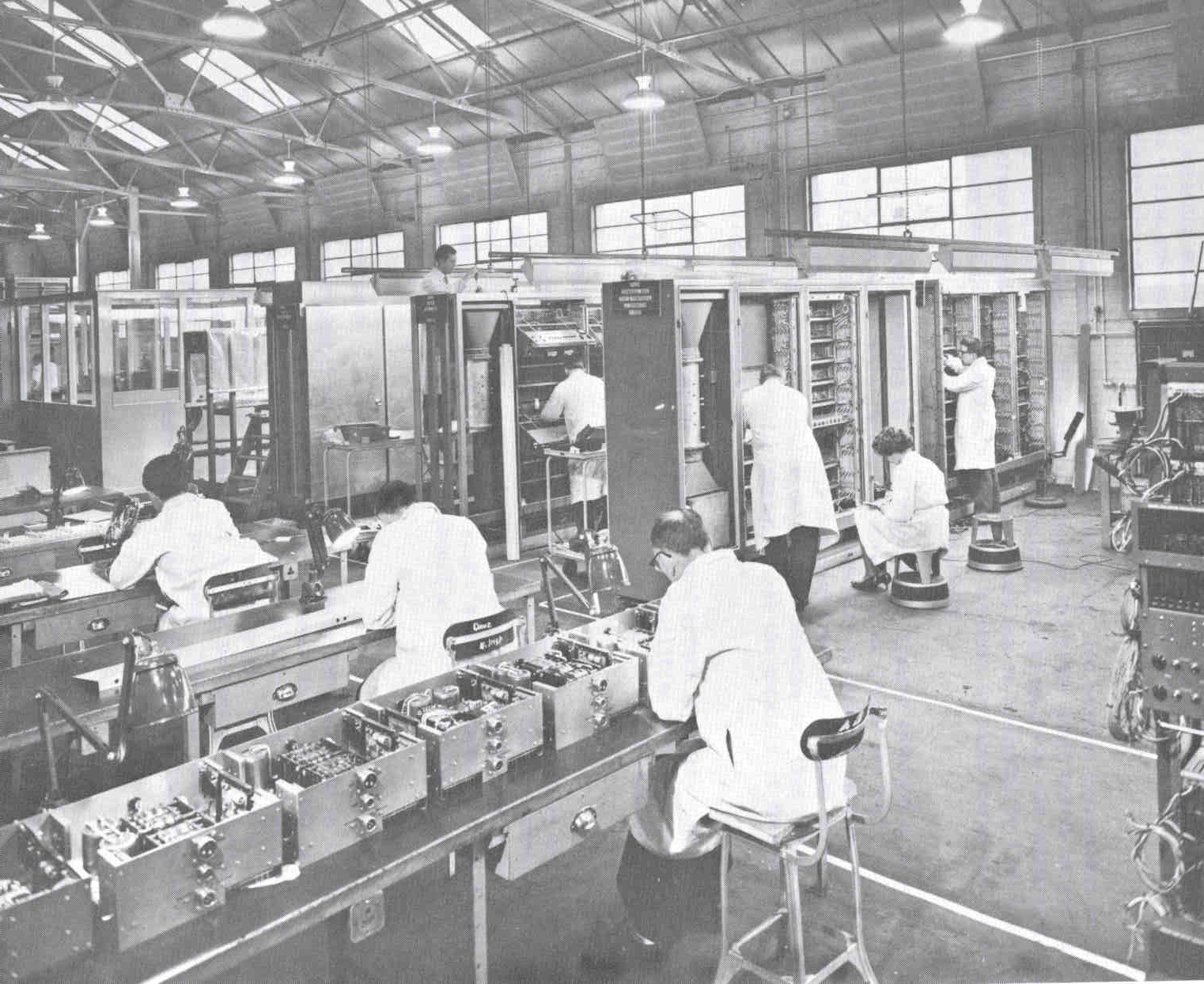


Only three Atlas 1 computers were built. The Atlas 2 system was a joint development between Ferranti and Cambridge. The aim was to produce a more modest but largely compatible computer. Even so the commercial price was still well over £1M. Three Atlas 2 Machines were made. The first machine installed was the Cambridge Titan. The other two machines were installed at the Department of Industry's CAD Centre in Cambridge and Aldermaston. Cambridge used the CAD Centre Atlas while Titan was being moved to a new building in 1969.
The main differences were the lack of virtual memory and the associated drum store, the removal of the fixed store, and a different magnetic tape control system. Cambridge designed a new operating system. The machine was called Titan and it ran the Titan Supervisor.
The other difference between the two machines was in the memory. Atlas 2 used slower core store. The cycle time on the Atlas 1 was 2µsecs compared with 2.5µsecs for the Atlas 2. Whereas the first Atlas 1 began operating in December 1962, the first Atlas 2 did not work until September 1963. One advantage of the Atlas 2 was more core store. The minimal configuration was 64K words and it could be increased to 128K words. This compares with the 48K words of the Chilton Atlas 1.